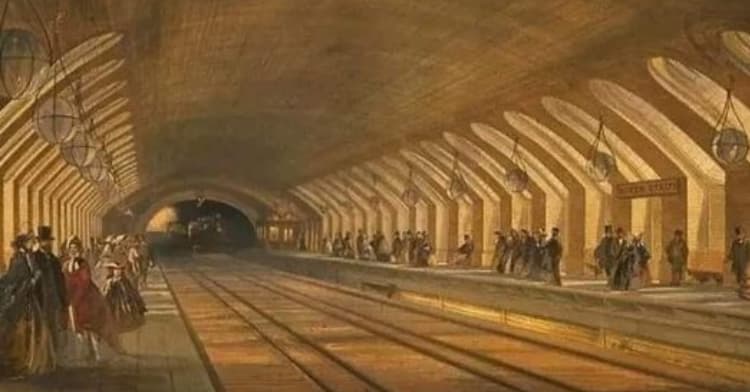Nestled within the picturesque village of Wycoller, Lancashire, lies the evocative remnants of Wycoller Hall, a late 16th-century Manor House steeped in history and folklore. Despite its dilapidated state, the hall and its surroundings offer visitors a glimpse into centuries of intrigue, from its ties to Charlotte Brontë to the echoes of ghostly tales that linger within its walls.
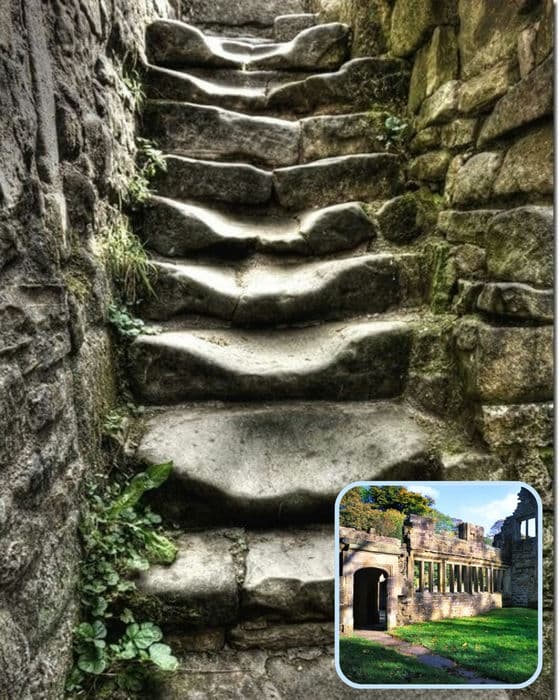
Why Wycoller Hall Captivates Visitors:
1. Historic Significance:
Dating back to the late 16th century, Wycoller Hall stands as a testament to Lancashire’s rich heritage, once serving as the center of a sizable estate before falling into disrepair. Its Grade II listed ruins now form a hauntingly beautiful backdrop within Wycoller Country Park.
2. Literary Connections:
Charlotte Brontë’s fondness for Wycoller village is well-documented, with the hall believed to have inspired the fictional “Ferndean Manor” in her classic novel, ‘Jane Eyre.’ Visitors can immerse themselves in the literary landscape that once captivated the renowned author during her walks through the area.
3. Folklore and Ghost Stories:
The halls of Wycoller resonate with whispers of the past, including tales of tragic events and spectral sightings. Legends recount the haunting presence of Simon Cunliffe, a squire whose spectral apparition is said to revisit the hall annually, clad in the attire of the early Stuart era.
4. Natural Beauty:
Wycoller’s allure extends beyond its historic ruins, encompassing breathtaking vistas and tranquil landscapes that invite exploration. From ancient bridges to scenic riverside trails, the village offers a serene retreat amidst Lancashire’s idyllic countryside.
5. Cultural Heritage:
Wycoller village itself is steeped in antiquity, with origins dating back to before the 10th century BC. Visitors can wander through the village’s charming streets, explore ancient bridges such as the iconic Pack-Horse Bridge, and indulge in delicious homemade fare at the local café.
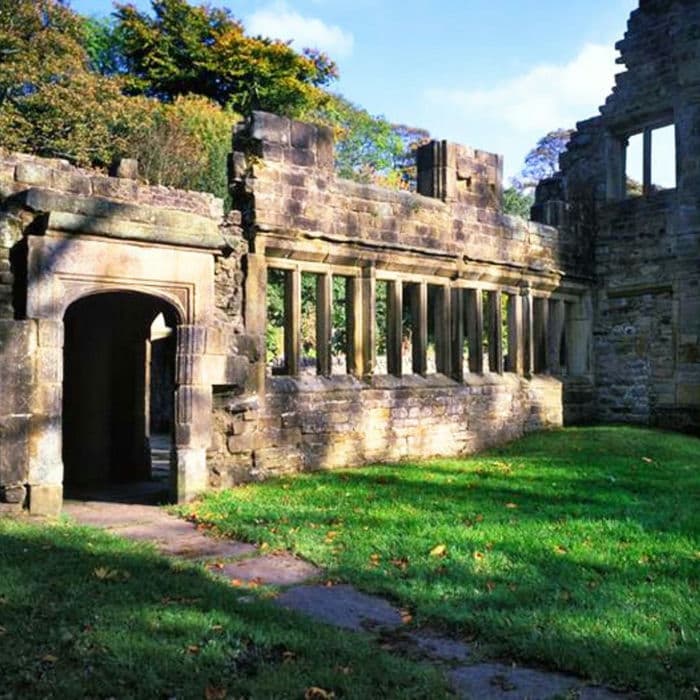
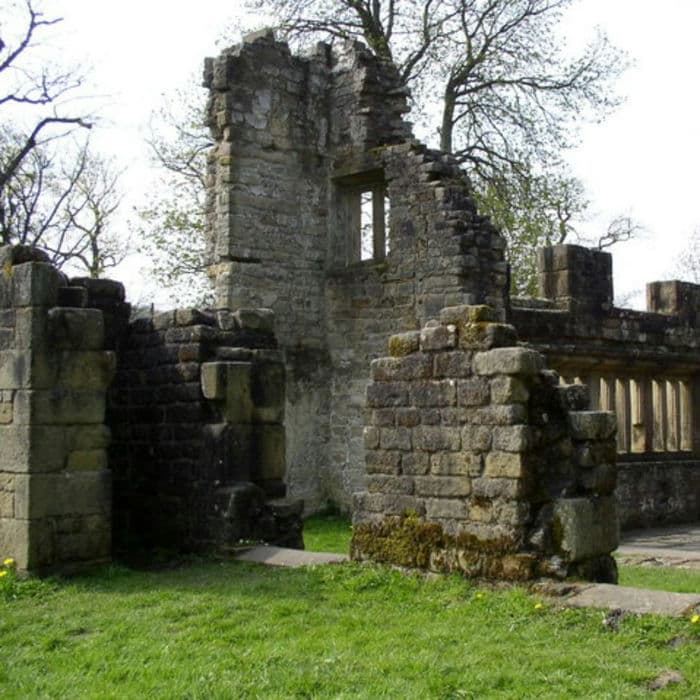
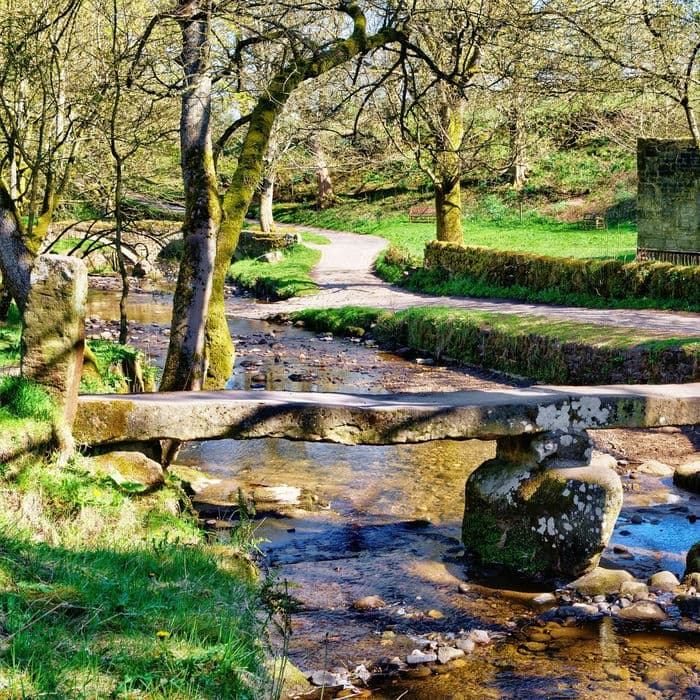
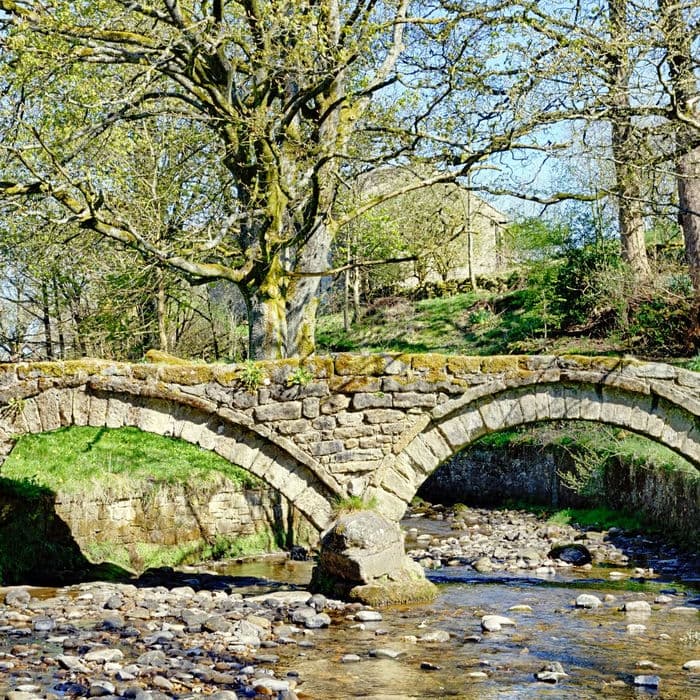
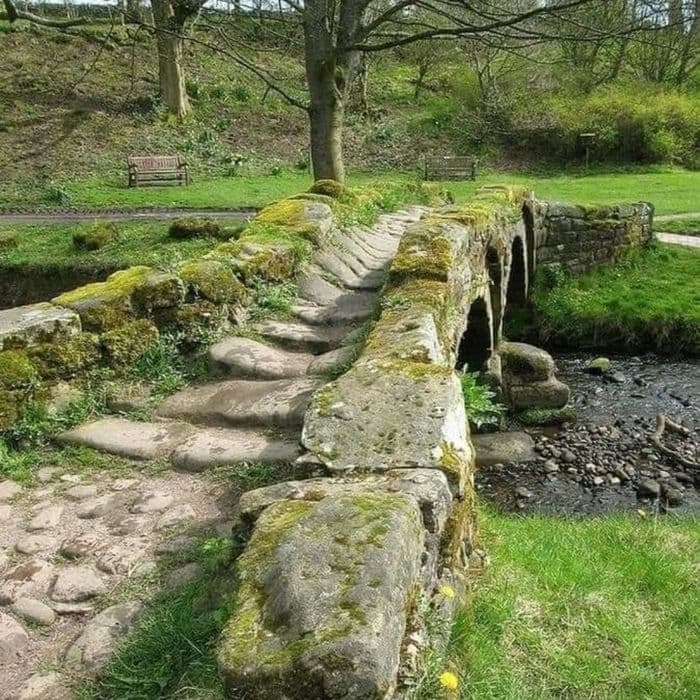
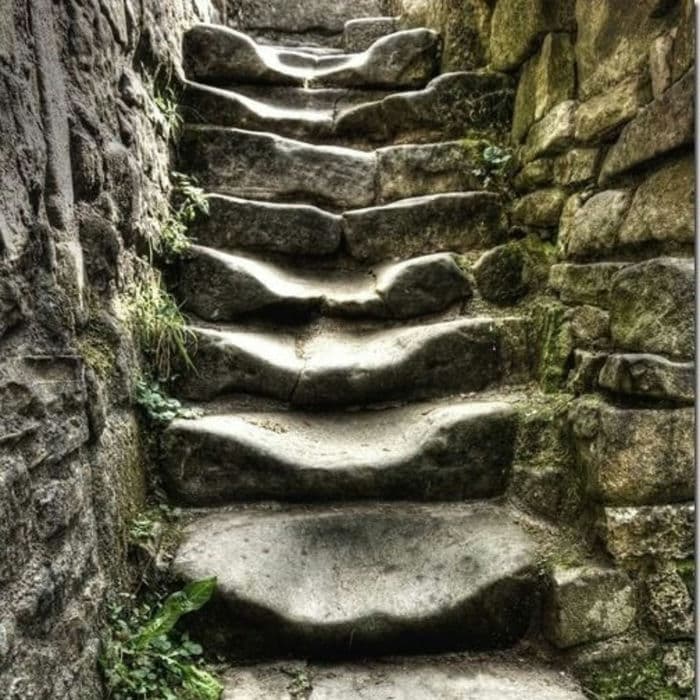
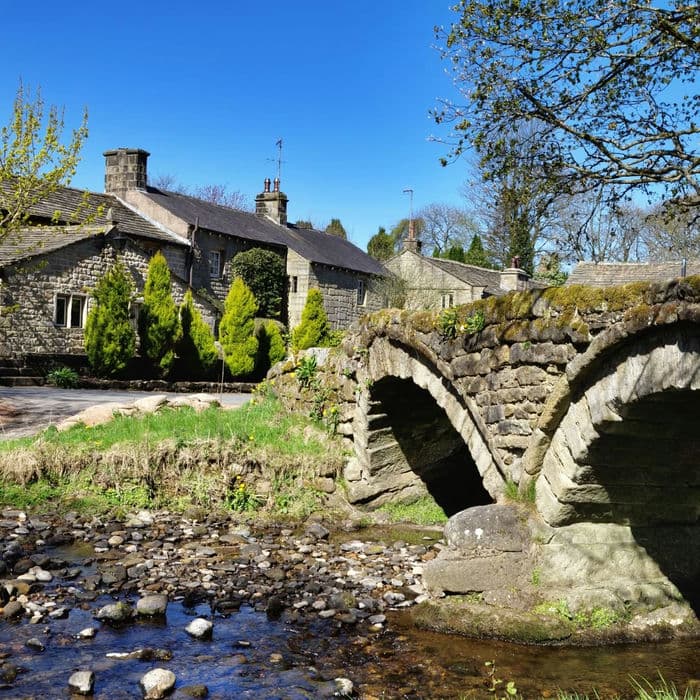

Frequently Asked Questions about Wycoller Hall:
1. What is the significance of Wycoller Hall in literary history?
Wycoller Hall is believed to have inspired Charlotte Brontë’s depiction of “Ferndean Manor” in her novel ‘Jane Eyre,’ adding a layer of literary mystique to its storied past.
2. Are there any ghost stories associated with Wycoller Hall?
Legends abound regarding spectral sightings and tragic events at Wycoller Hall, with tales of Simon Cunliffe’s ghostly presence and eerie nocturnal encounters adding to its allure.
3. What amenities are available for visitors to Wycoller village?
Wycoller village offers various amenities, including a café overlooking the beck, converted barns serving as information centers, and scenic walking trails along the river.
4. How can visitors access Wycoller Hall and its surroundings?
Visitors can park at designated areas on Trawden Road and near Height Laithe Farm, from where a public footpath leads into the village. Wycoller is a conservation area closed to outside traffic, preserving its tranquil ambiance.
5. What other attractions are worth exploring in the vicinity of Wycoller village?
Nearby attractions include the Brontë Way, leading to the Brontë sisters’ home in Haworth, and the village’s ancient bridges, including the Neolithic Clam Bridge, offering glimpses into Lancashire’s rich cultural and natural heritage.
Wycoller Hall and its surroundings beckon visitors on a journey through time, where history, literature, and folklore intertwine amidst Lancashire’s enchanting landscapes. From the enigmatic ruins of the hall to the scenic trails of Wycoller village, this hidden gem offers a captivating retreat for explorers seeking a glimpse into the past.

